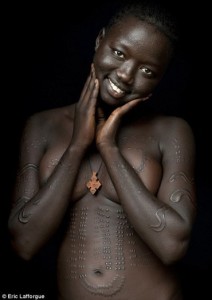 Are these the world’s most painful tattoos? Ethiopian and Sudanese tribes show off their intricate raised patterns created using THORNS
Are these the world’s most painful tattoos? Ethiopian and Sudanese tribes show off their intricate raised patterns created using THORNS
Tribes who scarify include Ethiopia’s Bodi and Surma tribes, South Sudan’s Nuer and Uganda’s Karamojong
Surma girls choose to go through the process voluntarily and must not show pain during the 10-minute ritual
Gaar scars are a sign of maturity for Nuer men but fewer are doing it thanks to inter-tribal conflict
From delicate swirls of raised flesh to intricate dotted patterns, the scars that decorate the bodies of Ethiopia’s Bodi, Mursi and Surma tribes are more than just the sign of an old injury.
For these aren’t just any scars: They’re an elaborate part of local culture and signify everything from beauty to adulthood or even, in some cases, are simply a mark of belonging.
But Ethiopian tribes aren’t the only ones to embrace scarification. In Uganda, the Karamojong are famous for their elaborate scar patterns, while across Ethiopia’s border with Sudan, Nuer men bear scarred foreheads and consider getting them a key part of the transition from boy to man.
Now the stunning scar markings of Ethiopia and Sudan are the subject of an incredible set of photographs by French snapper, Eric Lafforgue, who travelled through the country observing cutting ceremonies and meeting the locals.
During a visit to the Surma tribe, who live in the country’s remote Omo Valley, he witnessed a scarification ceremony, which involved creating the patterns using thorns and a razor.
By RUTH STYLES








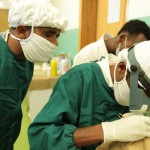

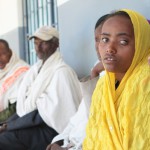


![What is it like to live in Ethiopia? [Quora]](https://www.ethiopianopinion.com/wp-content/uploads/2014/01/main-qimg-2100a54beb9536250feb7a089710836c-150x150.jpeg)

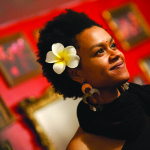
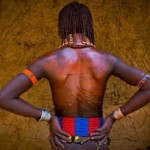











Join Conversations